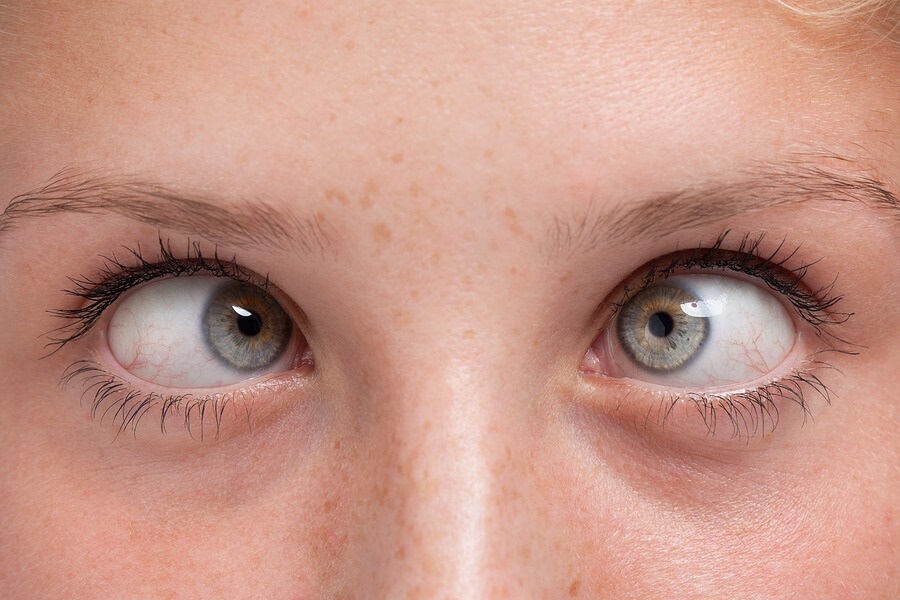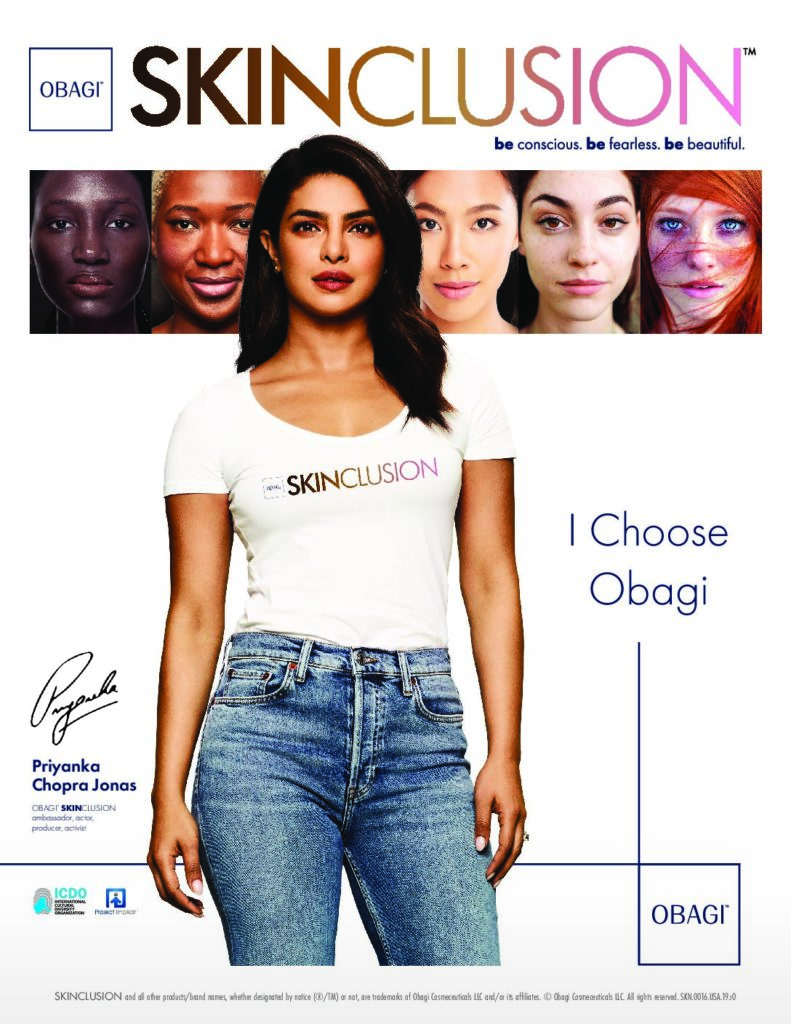
Eye-Opening Study: Relationship Between Glaucoma and Poor Sleep
A study of more than 6,700 people in the United States over age 40 who answered a survey about their sleep revealed possible connections between glaucoma and sleep problems.
Glaucoma is a disease of the optic nerve. Damage to this nerve—which is responsible for sending signals from the eye to the brain so you can see—often goes unnoticed until an eye exam reveals the nerve damage and related vision loss caused by glaucoma.
The study examined data from the 2005-2008 National Health and Nutrition Examination Survey. The study participants were glaucoma patients with evidence of optic nerve damage and vision loss in some portions of their visual field. Participants were examined using fundus photography to see the optic nerve and automated visual field testing to check for areas of vision loss.
Respondents to the sleep questions of the survey reported their experiences with the following:
- Amount of time slept
- Difficulties falling asleep
- Sleep disturbances (waking up during sleep)
- Having diagnosed sleep disorders, including sleep apnea
- Use of sleep medication
- Problems with sleepiness during the day
The study found an association between having glaucoma and having various sleep problems. Among the findings:
- People who slept for 10 or more hours a night were three times more likely to have glaucoma-related optic nerve damage than those who slept 7 hours a night.
- People who fell asleep in 9 minutes or less, or those who needed 30 minutes or more to fall asleep, were twice as likely to have glaucoma than those who took 10-29 minutes to fall asleep.
- The odds of having missing vision were three times higher among people who got 3 or fewer or 10 or more hours of sleep per night, compared with those who got 7 hours a night.
- People who said they had trouble remembering things because of daytime sleepiness were twice as likely to have visual field loss than those who said they were not sleepy during the day and did not notice memory problems.
- People who said they had difficulty working on a hobby because they were sleepy during the day were three times more likely to have vision loss than people who reported no problems working on hobbies and no daytime sleepiness.
“This study is interesting in that it adds to other research looking at the association between glaucoma and sleep problems,” says Michael Boland, MD, PhD, one of the study’s authors and a glaucoma specialist at the Wilmer Eye Institute of the Johns Hopkins University School of Medicine in Baltimore, MD.
“We already know that doctors should talk with their patients about the importance of healthy sleep for good overall health. With studies like this, we can add that glaucoma may be related to sleep health issues,” says Dr. Boland.
The American Academy of Ophthalmology recommends that everyone should see an ophthalmologist for a baseline medical eye exam at age 40. This is the age when early signs of eye disease (like glaucoma) and vision changes can begin.
Seniors who are worried about the cost of an exam can visit the American Academy of Ophthalmology’s EyeCare America program page to see if they are eligible for a no-cost eye exam.


Vision Facts and Myths
Reviewed by: Jonathan H. Salvin, MD
Old wives’ tales abound about the eyes. From watching TV to eating carrots, here’s the lowdown on some vision facts and fiction.
Myth: If you cross your eyes, they’ll stay that way.
Fact: Contrary to the old saying, eyes will not stay that way if you cross them. If your child is crossing one eye constantly, schedule an evaluation by an ophthalmologist.
Myth: Sitting too close to the TV is bad for the eyes.
Fact: Although parents have been saying this ever since TVs first found their way into our homes, there’s no evidence that plunking down right in front of the TV set damages someone’s eyes. The American Academy of Ophthalmology (AAO) says that kids can actually focus up close without eyestrain better than adults, so they often develop the habit of sitting right in front of the television or holding reading material close to their eyes. However, sitting close to a TV may be a sign of nearsightedness.
Myth: If parents have poor eyesight, their kids will inherit that trait.
Fact: Unfortunately, this one is sometimes true. If you need glasses for good vision or have developed an eye condition (such as cataracts), your kids might inherit that same trait. Discuss your family’s visual history with your doctor.
Myth: Eating carrots can improve vision.
Fact: Although it’s true that carrots are rich in vitamin A, which is essential for sight, so are many other foods (asparagus, apricots, nectarines, and milk, for example). A well-balanced diet can provide the vitamin A needed for good vision, says the AAO.
Myth: Computer use can damage the eyes.
Fact: According to the AAO, computer use won’t harm the eyes. However, when using a computer for long periods of time, the eyes blink less than normal (like they do when reading or performing other close work). This makes the eyes dry, which may lead to a feeling of eyestrain or fatigue. So encourage your kids to take frequent breaks from Internet surfing or video games.
Myth: Two blue-eyed parents can’t produce a child with brown eyes.
Fact: Two blue-eyed parents can have a child with brown eyes, although it’s very rare. Likewise, two brown-eyed parents can have a child with blue eyes, although this is also uncommon.
Myth: Only boys can be color-blind.
Fact: It’s estimated that up to 8% of boys have some degree of color blindness, whereas less than 1% of girls do.
Myth: The eye is full size at birth.
Fact: The eye is NOT full size at birth but continues to grow with your child. This growth partially accounts for refractive (glasses) changes that occur during childhood.
Myth: Wearing glasses too much will make the eyes “dependent” on them.
Fact: Refractive errors (near-sightedness, far-sightedness, or astigmatism) change as kids get older. Many variables come into play, but most of this change is likely due to genetics and continues despite wearing glasses earlier or later or more or less. Wearing glasses does not make the eyes get worse.

Why your Thanksgiving meal will satisfy your stomach and your health!
There is nothing that brings family and friends together quite like a delicious, hearty home-cooked meal. Dozens of dishes to pass along the table, funny stories exchanged over a famous secret family recipe and the collective feelings of happiness and enjoyment that engulf the end of the meal.
In America, there are plenty of opportunities for these festive feasts―winter holidays, birthday dinners, celebratory occasions. However, there is one meal that takes the cake when it comes to delicious food and good times spent with great people―Thanksgiving.
This meal brings together people from all across the country to sit down and enjoy some of the most delicious, drool-worthy Thanksgiving classics: Yams, pumpkin pie, stuffing, honey-baked ham, mashed potatoes and gravy and, of course, turkey. Just thinking about these delectable dishes is enough to make your stomach growl and your eyes grow large. After all, Thanksgiving is the one time of the year where you can guarantee your eyes will be bigger than your stomach.
However, once the meal is over and you have eaten more food than is comfortable, do not feel guilty about all of those plates and side dishes that you consumed. There are many health benefits that come with Thanksgiving dinner, especially when it comes to your eyesight and vision health. Here are just a few classic Turkey Day dishes that will leave your eyes searching for more:
Sweet Potatoes
This delicious, savory dish is a favorite of children and adults alike (especially when you add a little brown sugar and toasted marshmallows to the recipe… yum!). However, it doesn’t just satisfy your taste buds. These hearty potatoes are packed full of nutrients, including vitamin A, potassium, vitamin C and vitamins B5 and B6.
Vitamin A is an essential nutrient for good optical health and helps to stop the process of macular degeneration and age-related problems in the cornea and retina. Vitamin C also aids in the process of this, while also helping to reduce your risk of developing cataracts.
Turkey
No Thanksgiving is complete without a delicious turkey in the center of the table. Luckily, this holiday classic is loaded in zinc, which offers many different benefits for our vision. Not only can zinc significantly reduce the risk of advanced age-related macular degeneration (AMD) and its associated vision loss, but it also has a significant effect on the development and progression of cataracts. Turkey is also considered a good source of vitamins B3 and B6.
Cranberries
Whether you include this delicious berry into your pies, your side dishes or atop your turkey, this beneficial fruit can help to protect your eyes from many different types of eye conditions. For instance, the nutrients vitamin A and vitamin C in cranberries helps to prevent cataracts and MAC, conditions which both result in dangerous vision changes or even vision loss.
This Thanksgiving, whether you plan to spend the day relaxing with your family, watching some holiday football or gearing up for the chaotic Black Friday sales, be sure that you leave plenty of room in your time and schedule for your Thanksgiving feast. Consuming these classic Turkey Day concoctions will not only keep your stomach full and satisfied, but will also help promote healthy eyes and vision for many holidays to come .
.

Eye-Healthy Deli-Style Kale Salad Recipe
By Laurie Capogna, OD, and Barbara Pelletier, OD
Green vegetables, especially leafy greens such as kale, spinach and collard greens, contain high amounts of lutein and zeaxanthin. These pigments are powerful antioxidants that protect the retina from the damaging effects of UV rays and blue light.
Leafy greens also contain a lot of vitamin C, vitamin E, beta-carotene, zinc and fiber. These additional nutrients help prevent the progression of age-related macular degeneration (AMD).
Kale is the superstar of leafy green vegetables and is the feature of this eye-healthy recipe. This salad was inspired by the popular coleslaws that are served in delicatessens everywhere.
Deli-Style Kale Salad
(serves 4)
4 cups raw kale, thoroughly washed and dried
1/4 cup chopped dried figs or dried apricots
4 green onions, finely sliced
1 medium carrot, shredded
1/4 cup roasted soybeans
Dressing:
2 Tbsp mayonnaise
2 Tbsp plain yogurt
2 tsp vinegar (apple cider vinegar, white wine vinegar or rice vinegar)
2 tsp honey or maple syrup
salt and pepper
- Remove ribs from kale leaves.
- Roughly chop kale into bite-sized pieces (1-2 inches) and place into a large salad bowl.
- Toss together all ingredients of the salad except the roasted soybeans.
- In a small bowl, mix together all dressing ingredients. Pour over the salad and toss.
- Cover and refrigerate for 1 hour or up to 3 hours.
- Sprinkle with roasted soybeans and enjoy.


